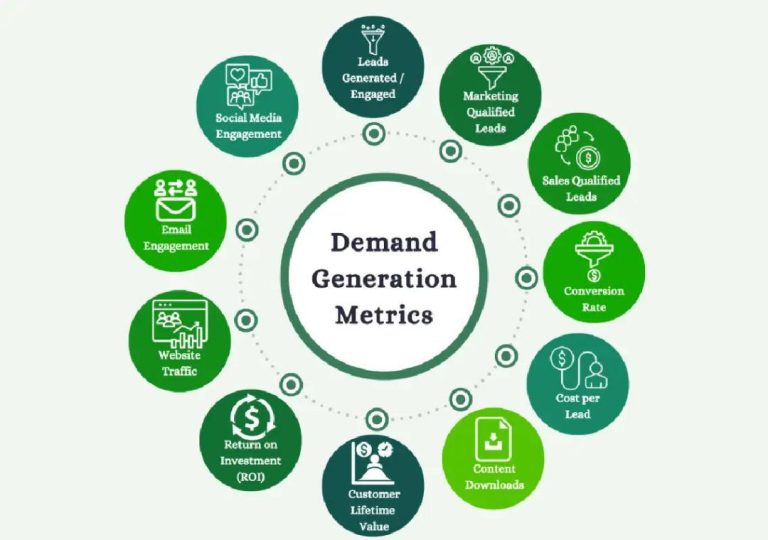
Ghazal Alagh Explains How Toxic Managers Drive Top Talent Away
In a recent LinkedIn post, Ghazal Alagh, Co-founder of Mamaearth, a popular Indian skincare brand, shed light on the often-overlooked issue of toxic managers and their impact on high-performing employees. Her post resonated with professionals across India’s startup ecosystem, highlighting the importance of trust, support, and everyday leadership in retaining top talent. In this blog post, we’ll delve into Alagh’s insights and explore the types of toxic managers that lead to the departure of top performers.
The Consequences of Toxic Management
Ghazal Alagh’s post began by emphasizing the consequences of toxic management. She stated that “toxic managers” are not just those who are abusive or manipulative, but also those who create a culture of fear, intimidation, and mistrust. These managers often lead to the departure of top performers, as they are unable to provide a supportive and inclusive work environment.
Types of Toxic Managers
Alagh identified several types of toxic managers that drive top talent away:
-
The Micromanager: This type of manager is overly controlling and prescriptive, often micromanaging every aspect of an employee’s work. This can lead to feelings of frustration, demotivation, and eventually, turnover.
-
The Abusive Manager: This type of manager uses aggressive language, intimidation, or even physical violence to get what they want. This can create a culture of fear, leading to high turnover rates and a toxic work environment.
-
The Uncommunicative Manager: This type of manager is poor at communicating expectations, goals, and feedback. This can lead to confusion, misunderstandings, and frustration among employees, ultimately driving them away.
-
The Politician Manager: This type of manager is more concerned with their own image and reputation than with the well-being of their employees. They often prioritize short-term gains over long-term success, leading to a culture of burnout and mediocrity.
-
The Ego-Centric Manager: This type of manager is overly concerned with their own ego and status, often prioritizing their own interests over those of their employees. This can lead to a culture of competition and mistrust, driving away top performers who value collaboration and teamwork.
What Drives Employee Retention
Alagh stressed that real employee retention depends on trust, support, and everyday leadership, not just perks or policies. She emphasized the importance of creating a culture where employees feel valued, respected, and empowered to grow and succeed.
The Role of Organisations
Organisations must take responsibility for creating a managerial culture that supports and empowers employees. This can be achieved by:
-
Fostering Open Communication: Encourage open and transparent communication among employees and managers, ensuring that everyone is on the same page.
-
Building Trust: Foster a culture of trust by being transparent, approachable, and accountable.
-
Providing Support: Offer training, mentorship, and resources to help employees grow and succeed.
-
Leading by Example: Demonstrate leadership through actions, not just words, and lead by example.
-
Addressing Toxic Behaviour: Address toxic behaviour promptly and consistently, ensuring that all employees feel safe and respected.
Conclusion
Ghazal Alagh’s LinkedIn post serves as a wake-up call for organisations to reflect on their managerial culture and address the issue of toxic managers. By creating a culture of trust, support, and everyday leadership, organisations can retain top talent and drive long-term success. Remember, the consequences of toxic management are severe, and it’s essential to take proactive steps to prevent the departure of high-performing employees.
News Source:






